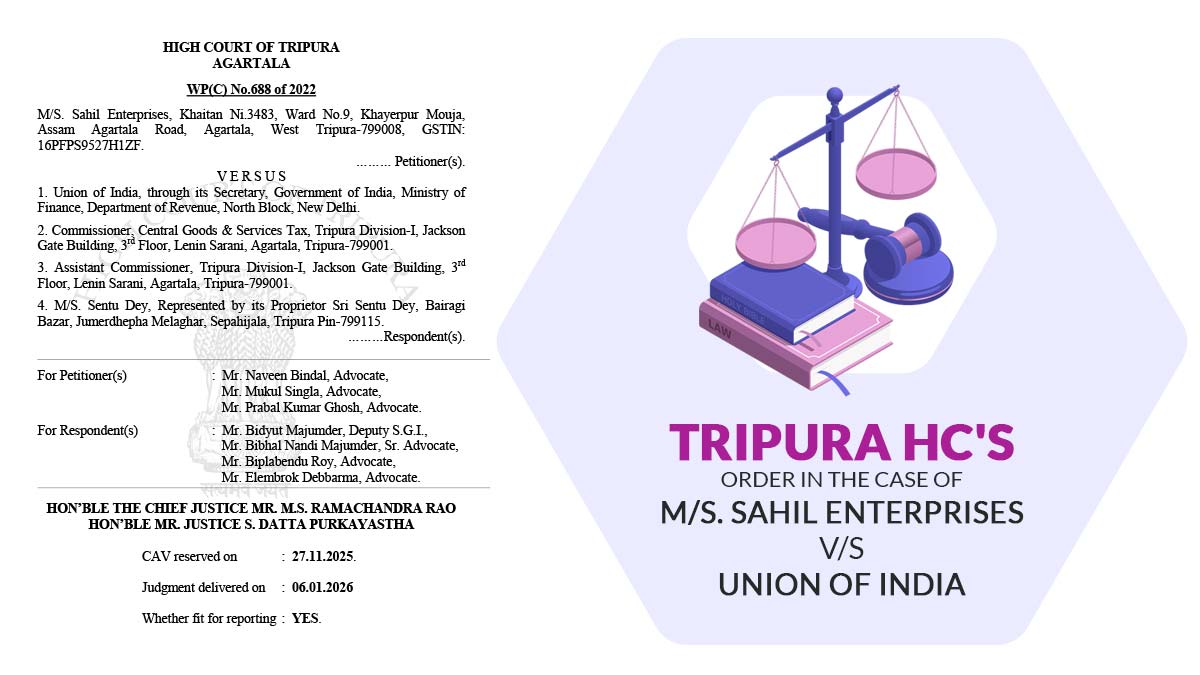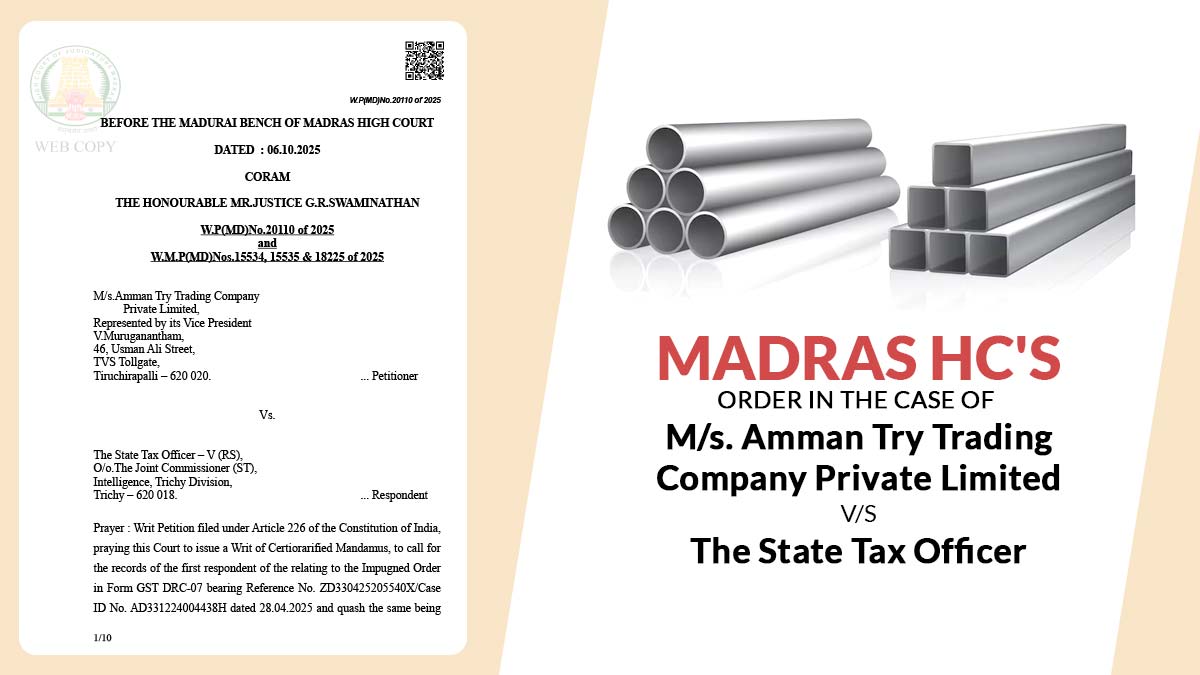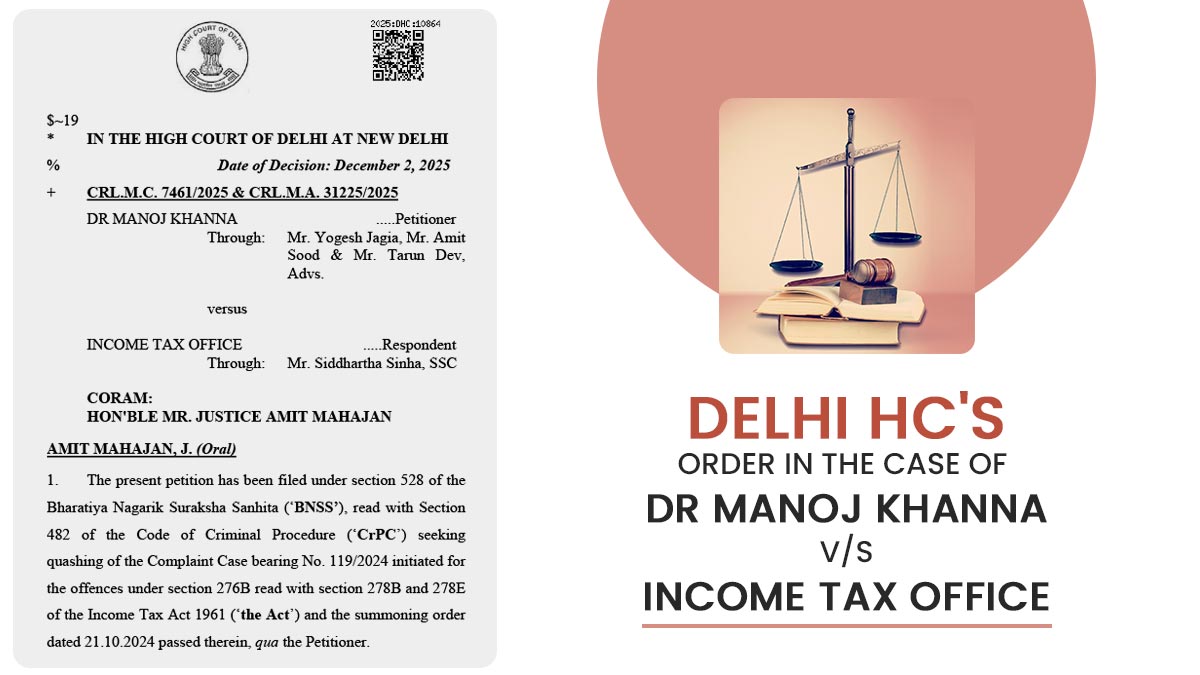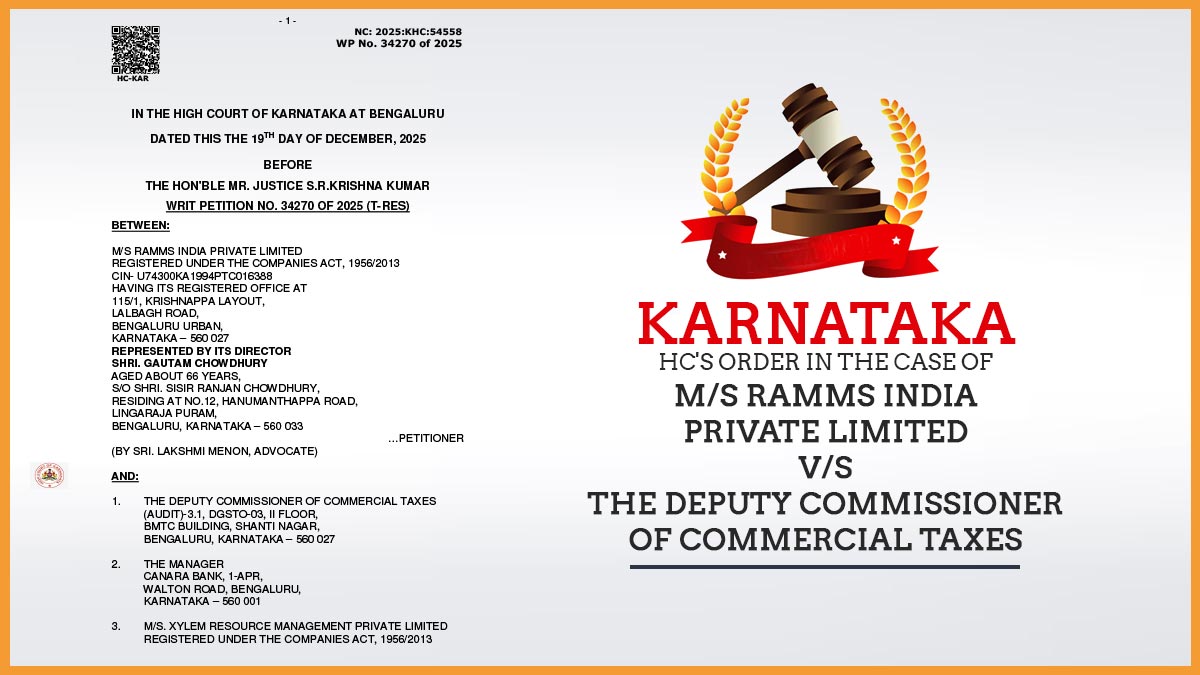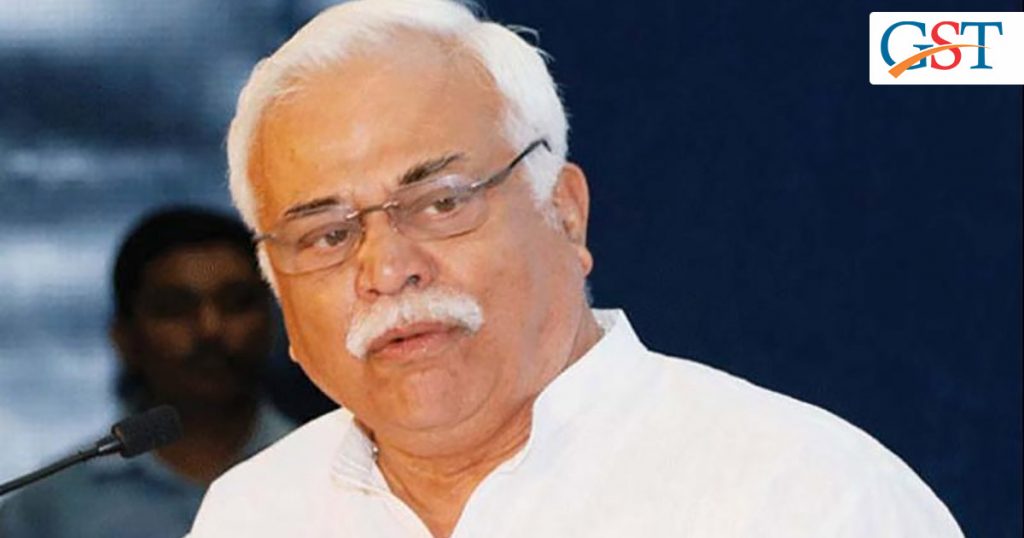
Witnessing the downturn phase of the economy, convulse in the manufacturing sector and youth’s famine for jobs; Revenue minister RV Deshpande on Sunday petitioned Prime Minister Narendra Modi for barbering goods and services tax (GST) rates as the high GST rates are cornerstones for the grievous slump in the manufacturing sector today.
He appealed to the PM Modi via written letter in which the congratulation was followed by this urge. According to the revenue minister, only one or more developed parts of the world follow this system of taxation and in which too they try to maintain the least number of GST slabs to facilitate the tax authorities and compliance. Whereas in India there are four slabs of 5%, 12%, 18%, and 28% at present. Among the four tax slabs, the highest of 28% is kneading a bottom-out economy and unemployment.
“We have a peak rate of 28% which I think is very high. The economy is in a bad shape today and the manufacturing sector is in deep pain. And high GST rate is hurting the industry,” Deshpande said.
He further added that the P.M. Narendra Modi has enforced the GST system which was formulated during the UPA regime, so now is the time when some reformations should be introduced in the system. He hopes that the PM will soon recognise the issues related to economic recession and liquidity, the industry is facing in the current scenario.
Deshpande appealed the PM to boost the establishment of labour-intensive service sectors and industries like textiles and toys which have high employment generation capacity. In addition, he behested urgent attention to the management of natural calamities and the invention of a reliable solution for such circumstances. He exemplified the same with Karnataka, which out of the last 18 years has encountered 14 years of acute drought and 4 years of adequate rainfall.
Read Also: 100-day Agenda for New Government on Economic Investment & GST
In general, states are dependent on temporary measures to mollify disasters like floods and drought. But states should take essential steps to find out the lasting solutions such as river divergence, forest preservation, rejuvenation and interconnection of the water bodies and so on akin measures, Deshpande said.




